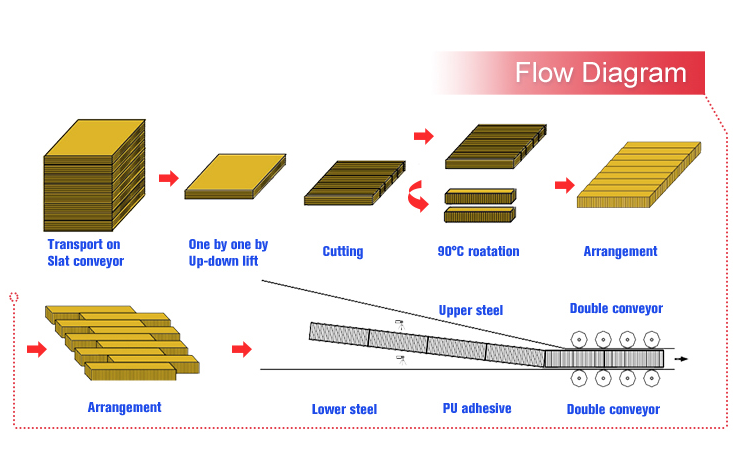Table of Contents

The EPS Mixer: Unlocking the Potential of the Ultimate Production Solution
The EPS Mixer is a crucial piece of equipment for those working in the production industry. This versatile machine not only saves time and money, but it also optimizes the production process while providing high-quality output. In this article, we will explore the various prospects of the EPS Mixer and how it can benefit your business.
What is an EPS Mixer?
An EPS Mixer is a machine that is specifically designed for the production of Expanded Polystyrene (EPS) products. It essentially mixes the chemical components of the foam, which expands into the mold and creates the final product. It is a crucial part of the EPS production process since it determines the final quality of the product.
Benefits of an EPS Mixer
The EPS Mixer offers numerous benefits to those in the production industry, including:
- Improved accuracy and consistency in the production process.
- Increased efficiency by reducing production time.
- Reduced production costs by decreasing material waste.
- Higher-quality products with consistent density and adaptability.
EPS Mixer Models
EPS Mixers come in various models, each designed to meet specific production needs. Some examples of these models include:
- The Batch Mixer: this is the most common type of EPS Mixer that mixes a predetermined amount of material in a batch process.
- The Continuous Mixer: this mixer continuously mixes material while eliminating the need for batching.
- The Pre-expander Mixer: this is a specialized mixer that includes a pre-expander and a batch mixer for the production process.
Mixing Process
The EPS Mixing process involves the following steps:
- Weighing the raw materials and adding them to the mixer.
- Mixing the materials to create a homogenous blend of the foam.
- Injecting the mix into the mold to expand and solidify the foam.
- Removing the finished product from the mold and repeating the process.
EPS Mixer Maintenance
Maintenance is vital to the longevity and performance of an EPS Mixer. Some recommended maintenance procedures include:
- Regular cleaning of the mixer to avoid buildup of material that can affect the quality of the mix.
- Checking the mixer components and lubricating or replacing them when necessary.
- Calibrating the mixer to ensure precise measurements.
- Inspecting the mixer's electrical and mechanical elements and addressing maintenance issues promptly.
Special Features
Some EPS Mixers come equipped with special features that add value to the production process. For example:
- Automatic cleaning systems that save time and reduce the risk of contamination.
- Computerized control systems that enable real-time monitoring and adjustments for precision and accuracy.
- Advanced weighing systems that provide accurate measurements.
Factors to Consider When Choosing an EPS Mixer
When selecting an EPS Mixer, consider the following factors:
- The desired production volume.
- The type and quality of materials used in production.
- The required level of automation.
- The cost and quality of the machine.
The EPS Mixer: A Game-Changer in the Production Industry
The EPS Mixer is a game-changer in the production industry, offering improved efficiency, quality, and consistency in the production process. As such, it is a vital investment for companies serious about reducing costs and increasing their bottom-line. By considering the factors mentioned in this article, you can select the optimal EPS Mixer that meets your business needs.

